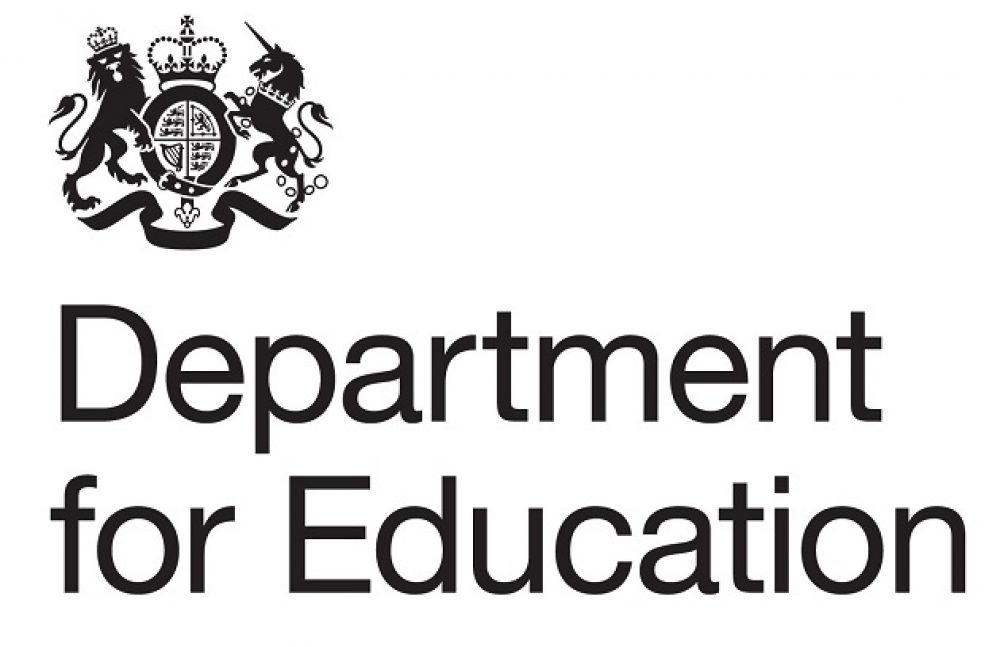Twenty-eight schools have overcome the odds and achieved the highest levels of progress and achievement for their disadvantaged pupils, analysis by Schools Week reveals.
Today, the Department for Education released primary performance tables based on the results of this summer’s key stage 2 tests.
Nationally, 80 per cent of children achieved at least a level 4 in the tests, a small increase from last year’s 79 per cent.
Government press releases highlighted the importance of national policies implemented by ministers to drive up standards.
But Schools Week decided to highlight the individual schools in which outcomes for disadvantaged pupils were highest.
Just 28 schools – we’ve called them “the golden 28” – out of more than 16,000 met our ambitious standards that included getting every child on free school meals (FSMs) to achieve at least two levels of progress in reading, maths and writing.
The schools also had to achieve an average level of 5b or above, despite having at least 25 per cent of pupils on FSMs. If we had excluded this requirement, 55 schools would be included in our table.
Of the 28, 20 are in London or Greater London, reflecting a general picture in which the capital’s schools perform more highly than those outside the M25.

The rest of the schools are predominantly based in the north, with just one in the south – Chattenden Primary School in Rochester, Kent.
In all but four of the schools, every pupil achieved a level 4 or above in their tests.
Overall, 16 per cent of primary schools are academies. However, just one academy, Chattenden, featured in our 28.

Thomas Jones Primary School in Kensington and Chelsea had the highest proportion of children on FSMs (77 per cent) in our group, but all of its 30 pupils achieved a level 4 in each of the SATs, and made at least two levels of progress.
In a press release, schools minister Nick Gibb said: “It is essential that every child leaves primary school having mastered the basics in reading, writing and maths – thanks to our education reforms thousands more pupils each year are reaching those standards.”

He added that the increased performance “demonstrates how this government is delivering on its commitment to provide educational excellence everywhere”.
Measures suggested in the press release as impacting the improved outcomes include a maths teacher exchange programme with Shanghai and the introduction of a phonics check.
Next year it will be difficult to assess whether improvements have continued, as the tests will no longer be scored using “levels” but will move to a scaled score out of 100.
A FALL IN UNDER-PERFORMANCE
The number of schools failing to achieve the government’s minimum expected performance fell again this year.
According to the Department for Education, 676 schools had less than 65 per cent of pupils achieve at least a level 4 in reading, writing and maths and pupils did not achieve the average level of progress in each subject.
This compares with 768 schools last year, when the target was made more difficult by increasing the figure from 60 per cent to 65.
The figures do not explain which schools have been excluded from the government’s analysis.
We could only find 577 schools below the floor target when special schools are excluded, and more than 1,000 when they are included.
Of the 577 schools identified as being below the floor target, 108 are academies or free schools. This is a slightly higher percentage compared with the national average – 19 per cent compared with 16.
Lynsted and Norton Primary School in Sittingbourne, Kent, and Racemeadow Primary Academy in Atherstone, Warwickshire, are the only two schools under the floor target where 100 per cent of pupils on free school meals made at least two levels of progress in reading.
OUR METHOD
To work out our “golden 28”, we used the following criteria:
– At least 25 per cent of the cohort on free school meals
– A class size of at least 20
– An average cohort grade of 5b
– 100 per cent of FSM pupils made at least two levels of progress in maths, and writing, and reading
– 100 per cent of FSM pupils achieved at least a level 4







Surely the average cohort grade of 5b in the method described is a mistake?
That was the filter we used. What makes you think it is a mistake?
I think the point is that it is a very high grade. I would be interested to know what the proportion was of academy schools is in the next 30 schools that you said would have been included if the 5b level had been excluded.